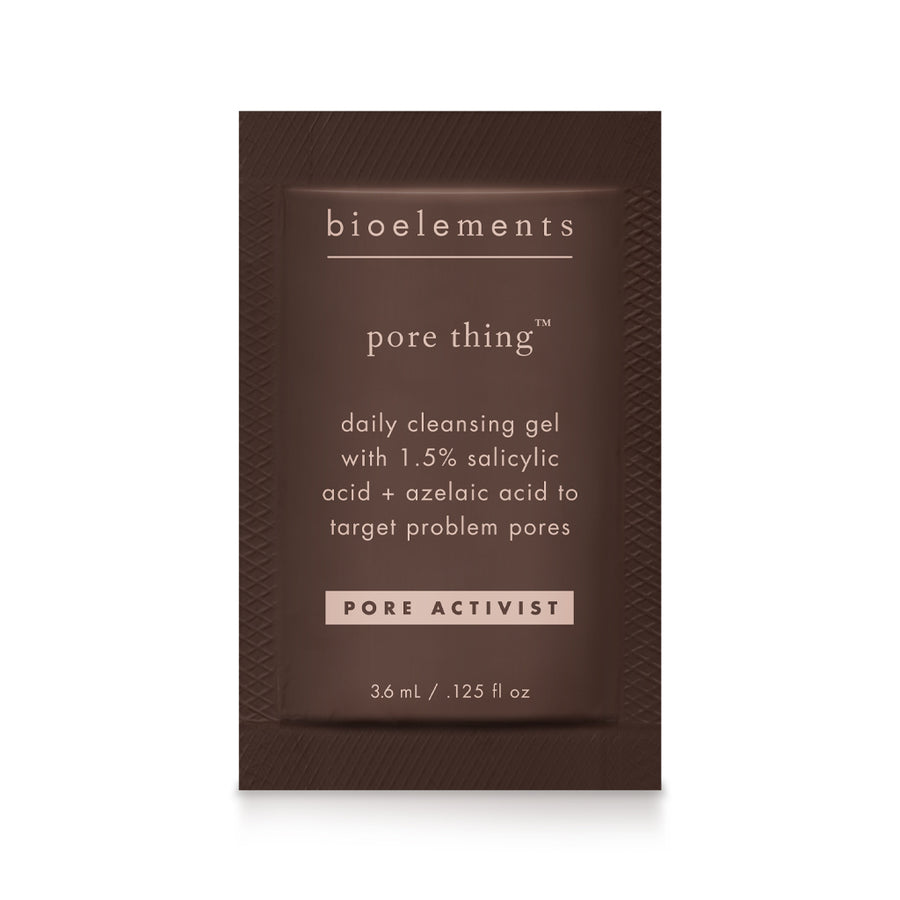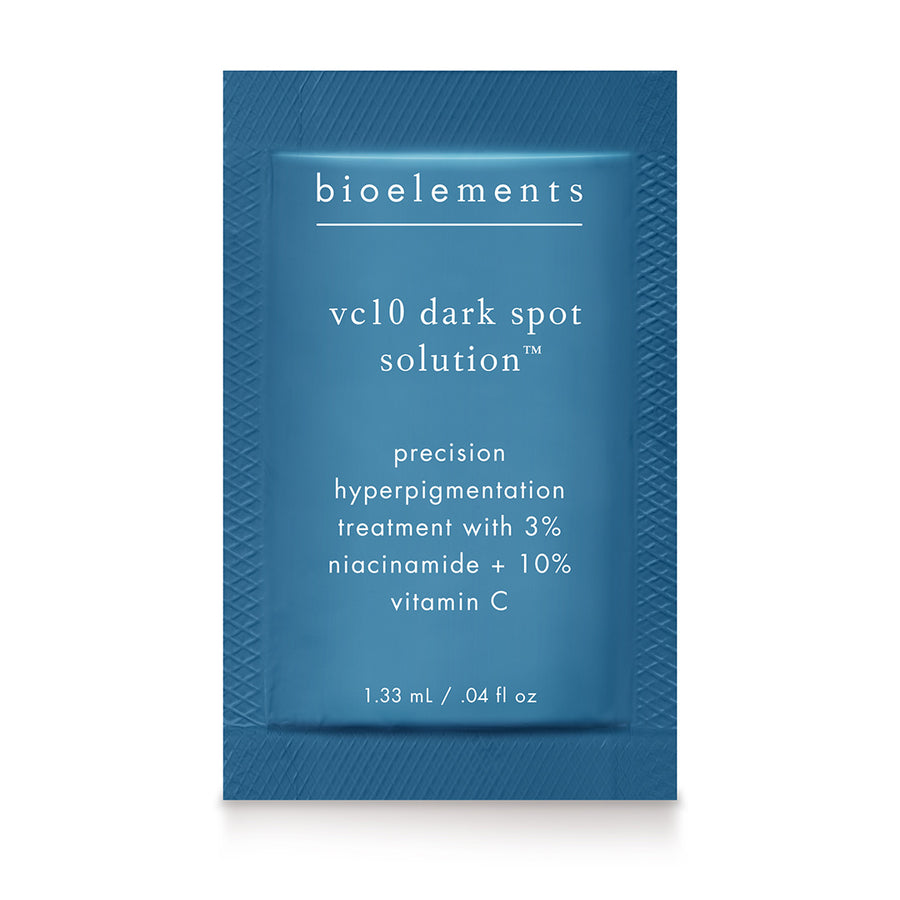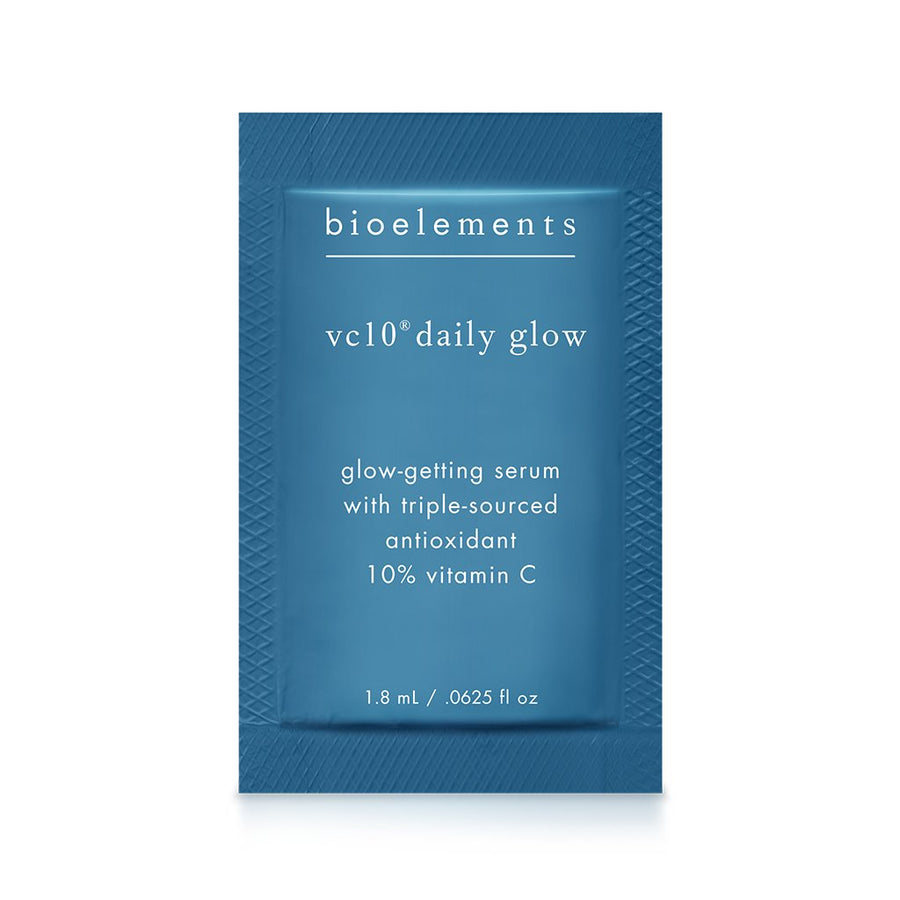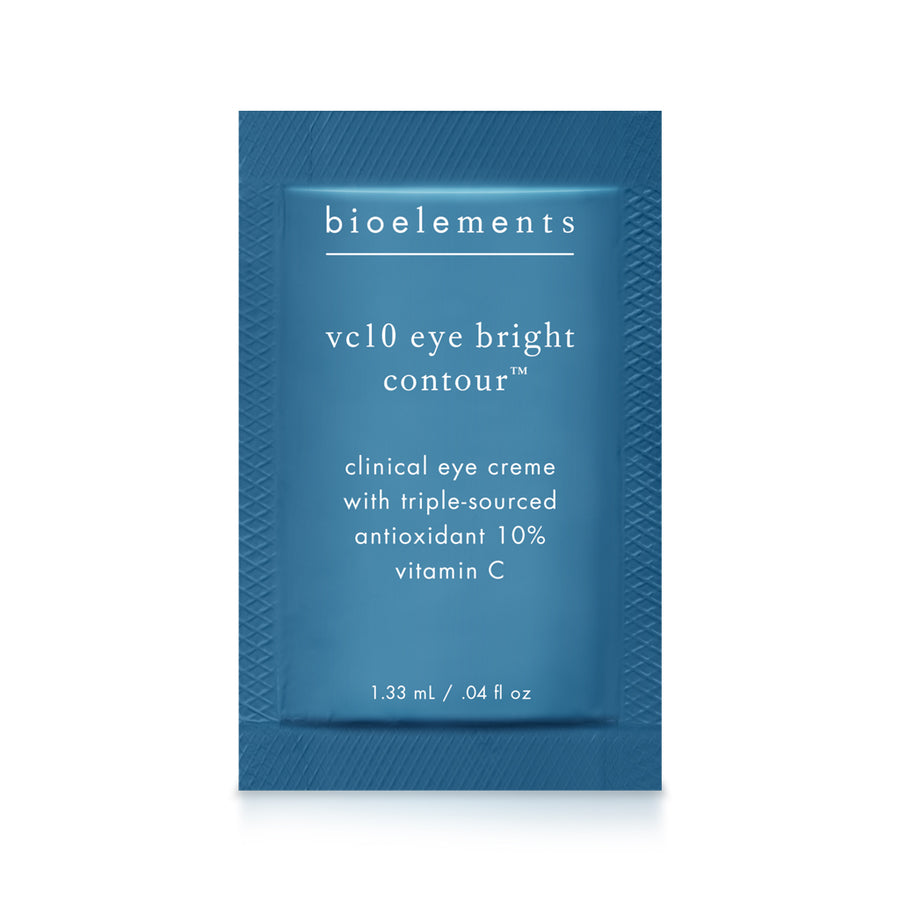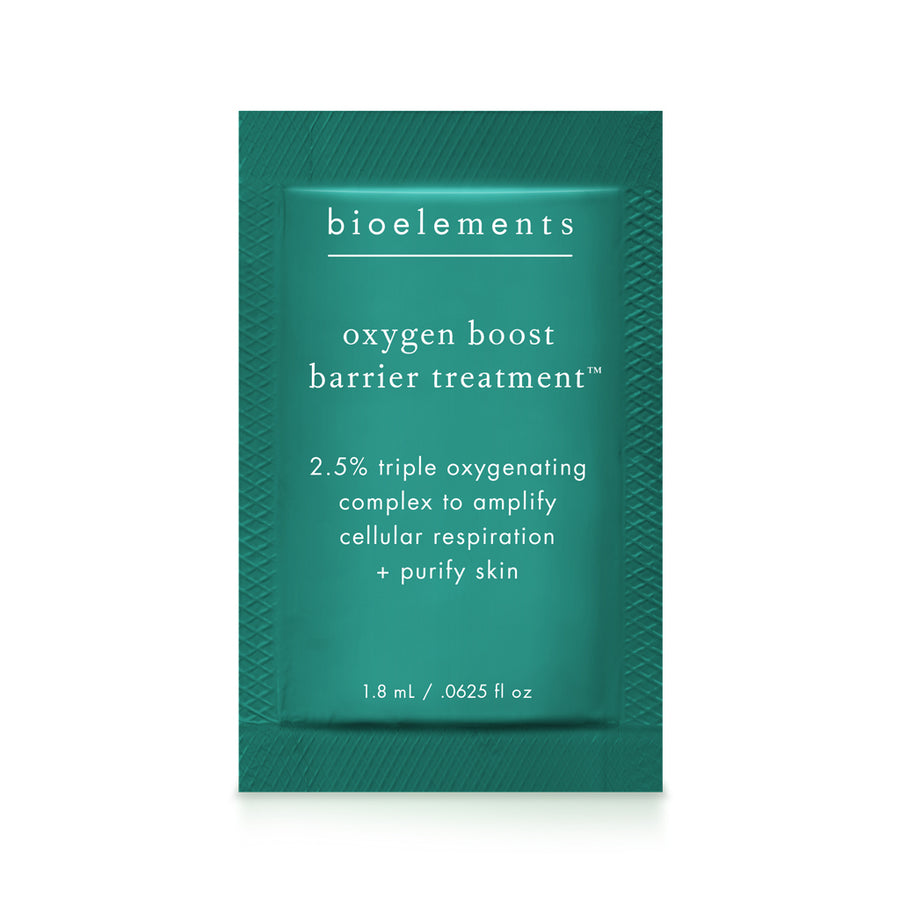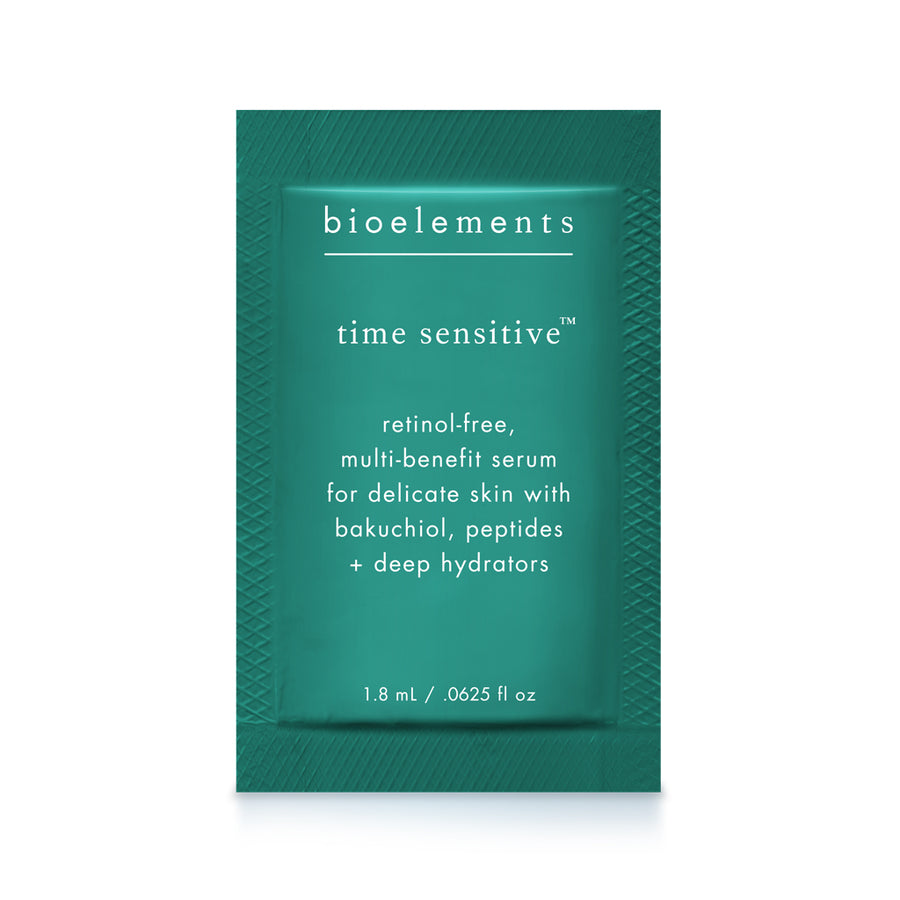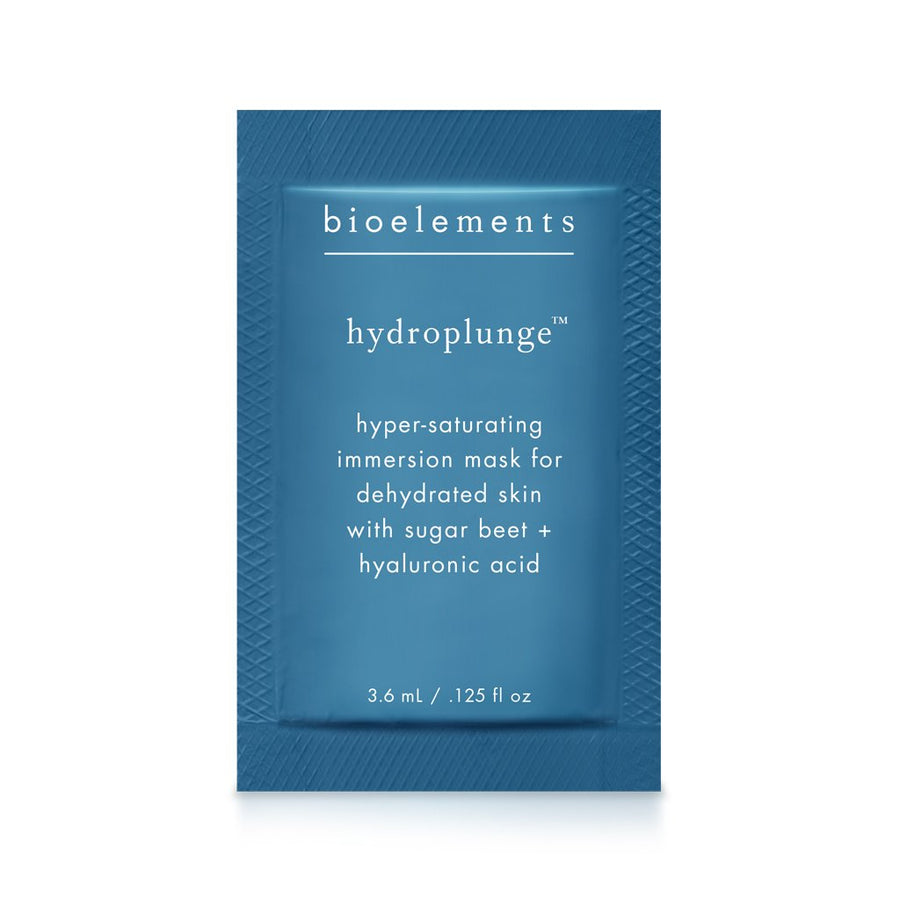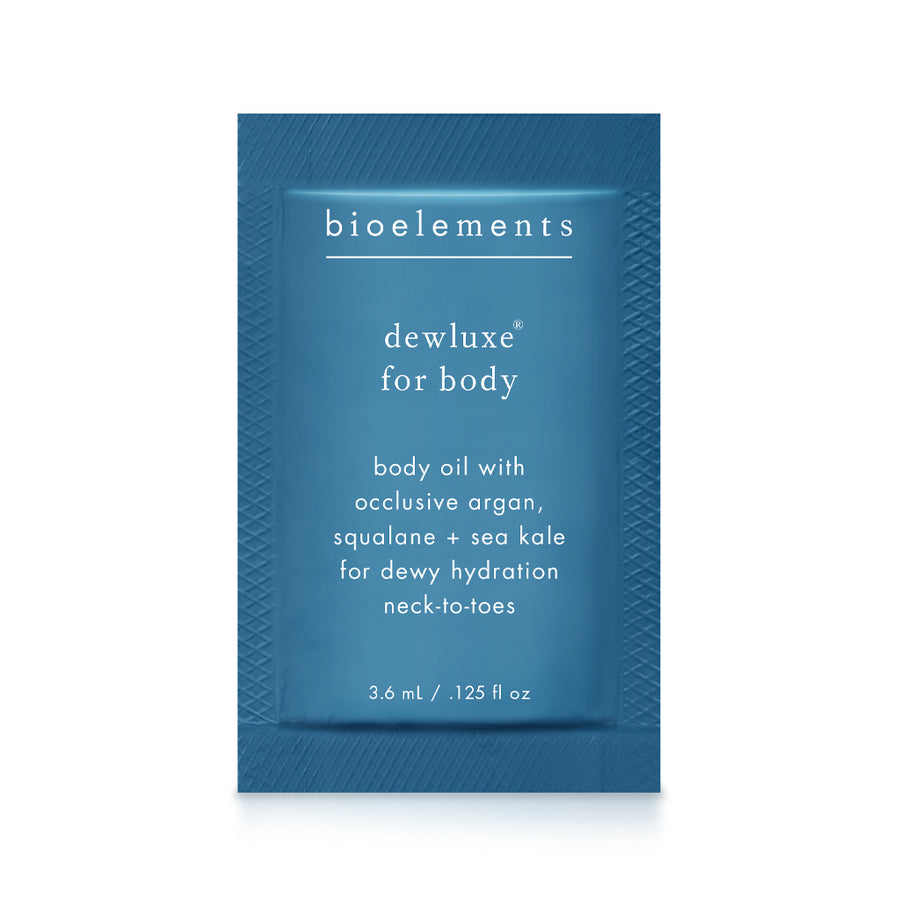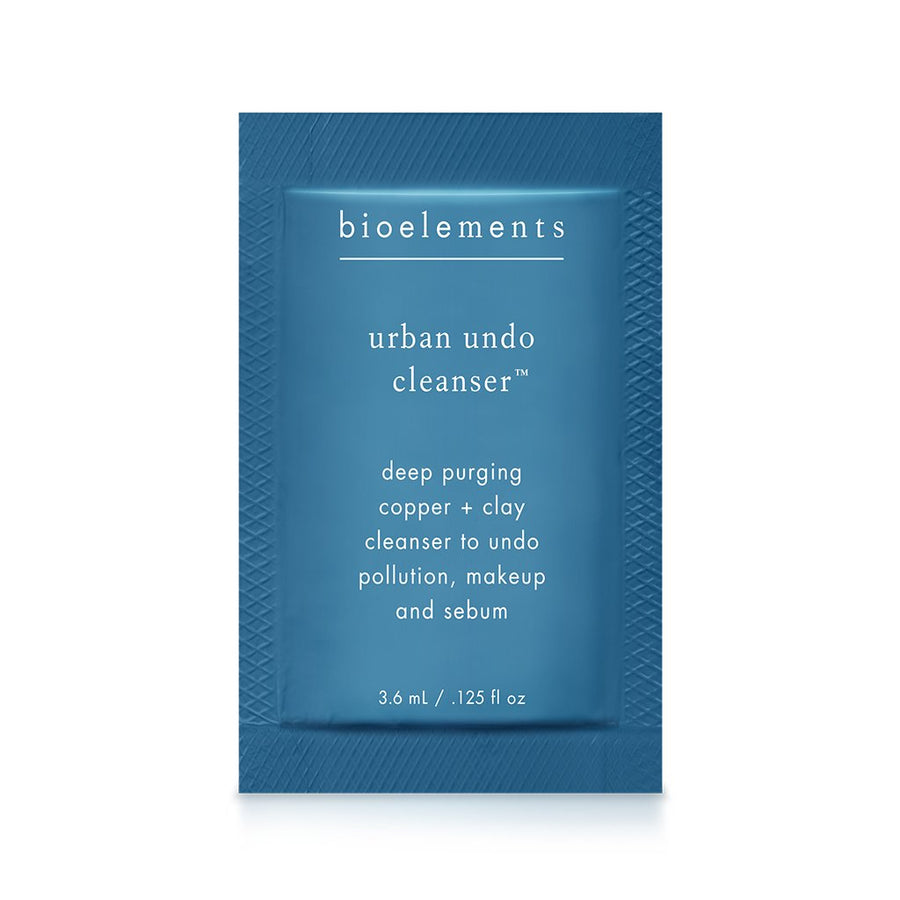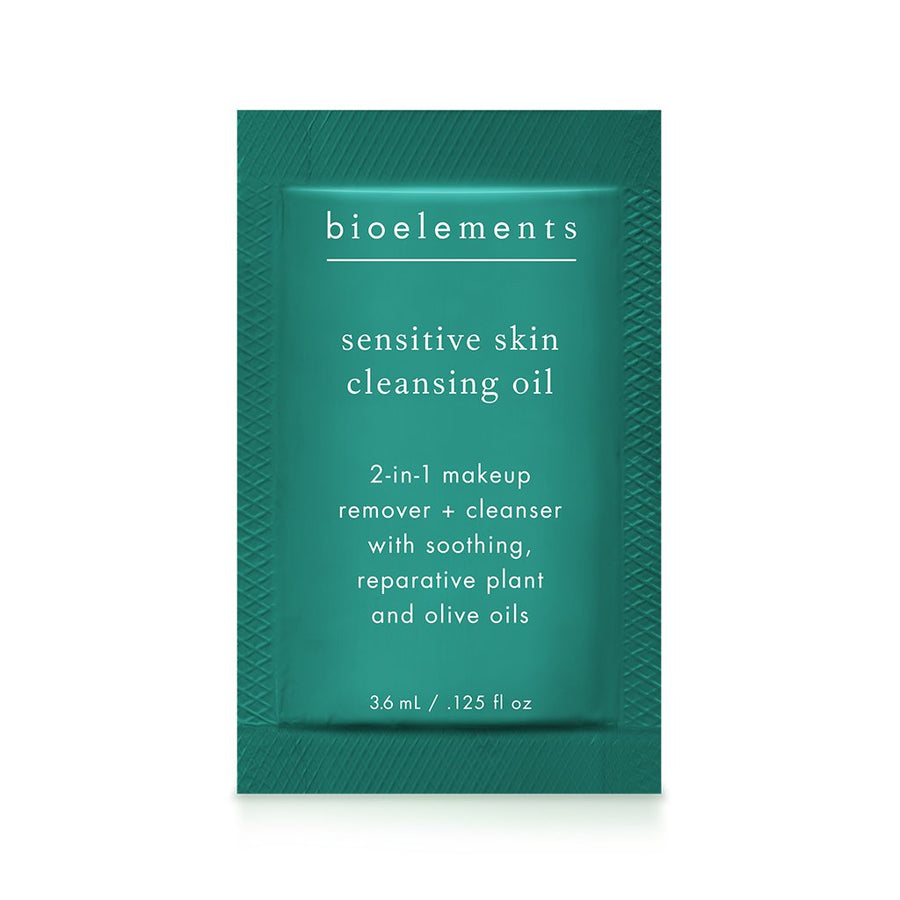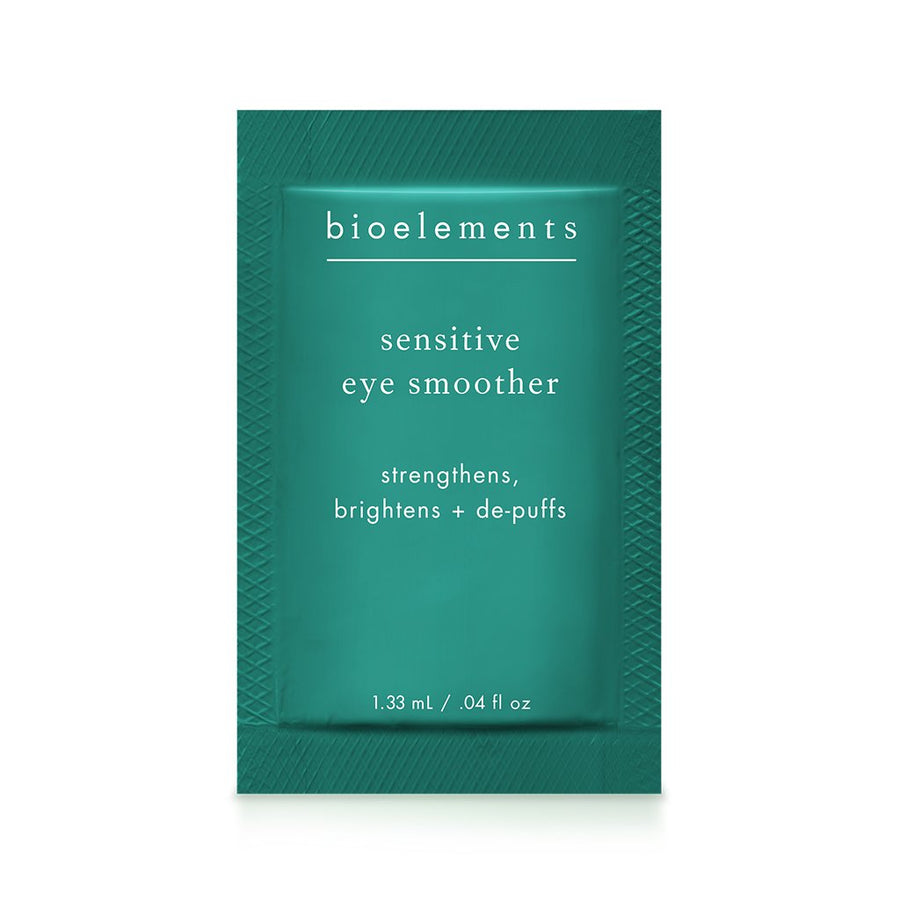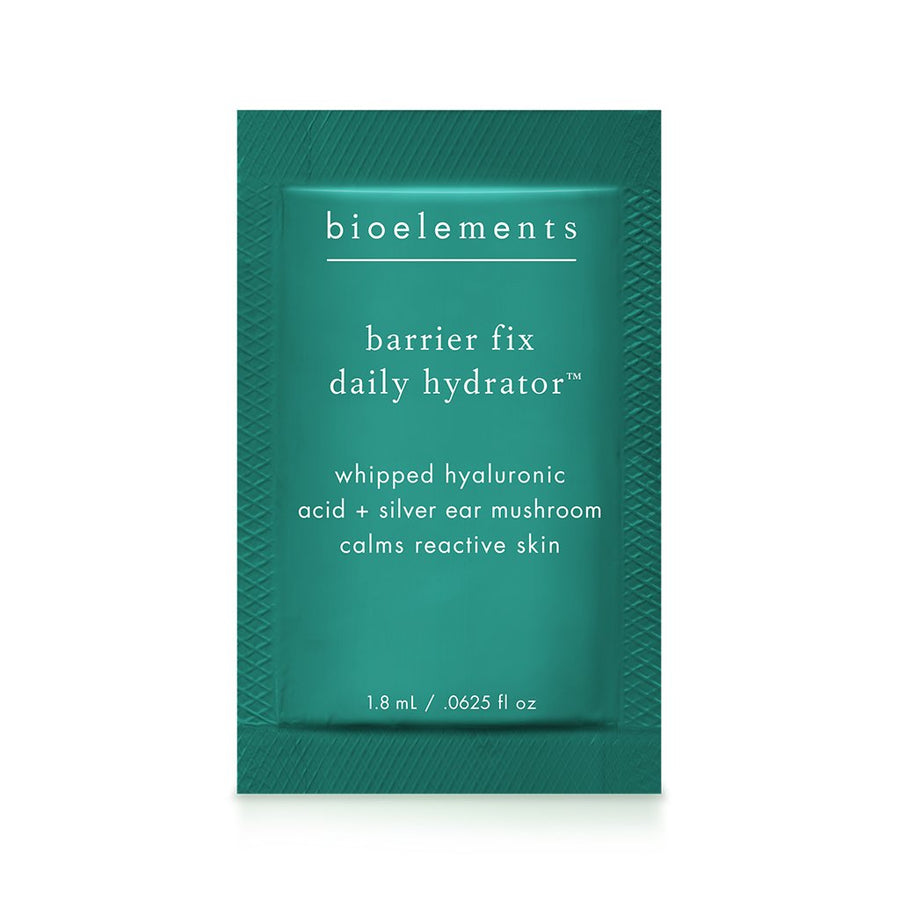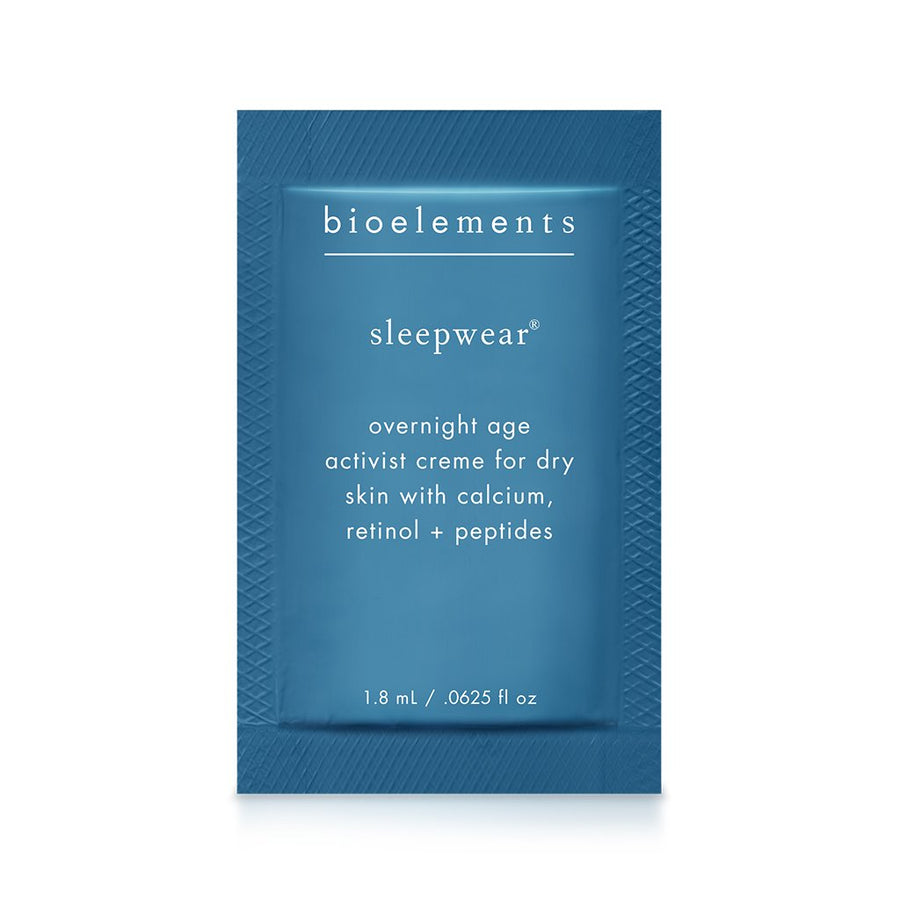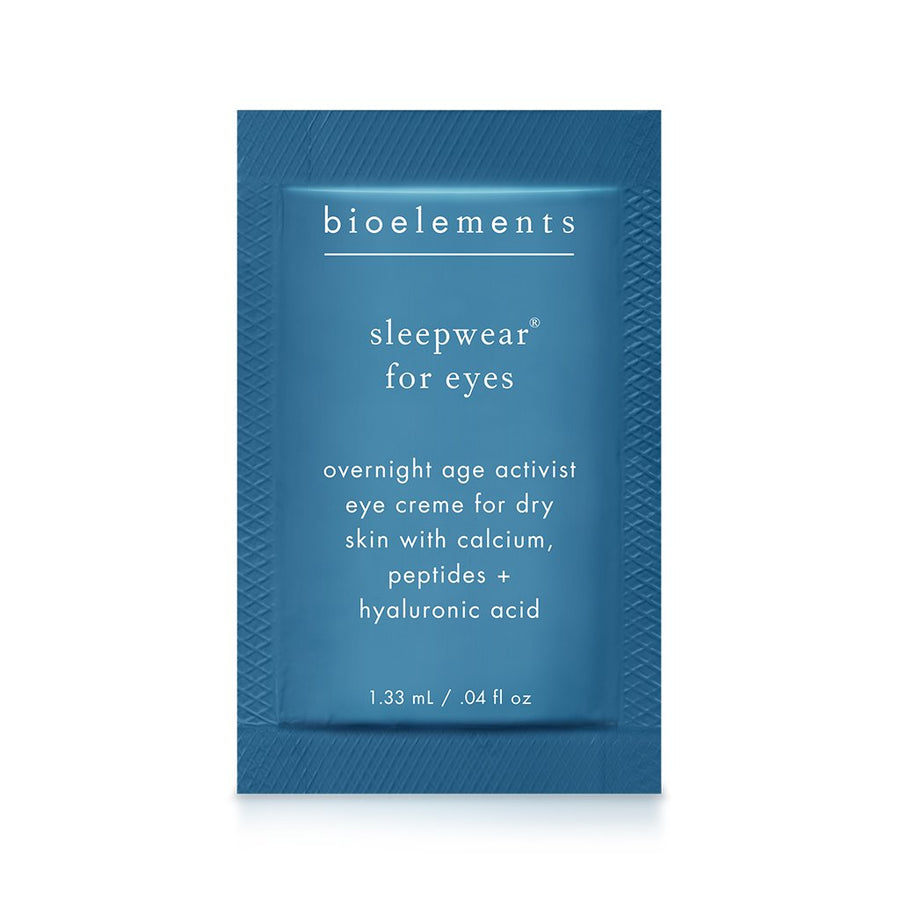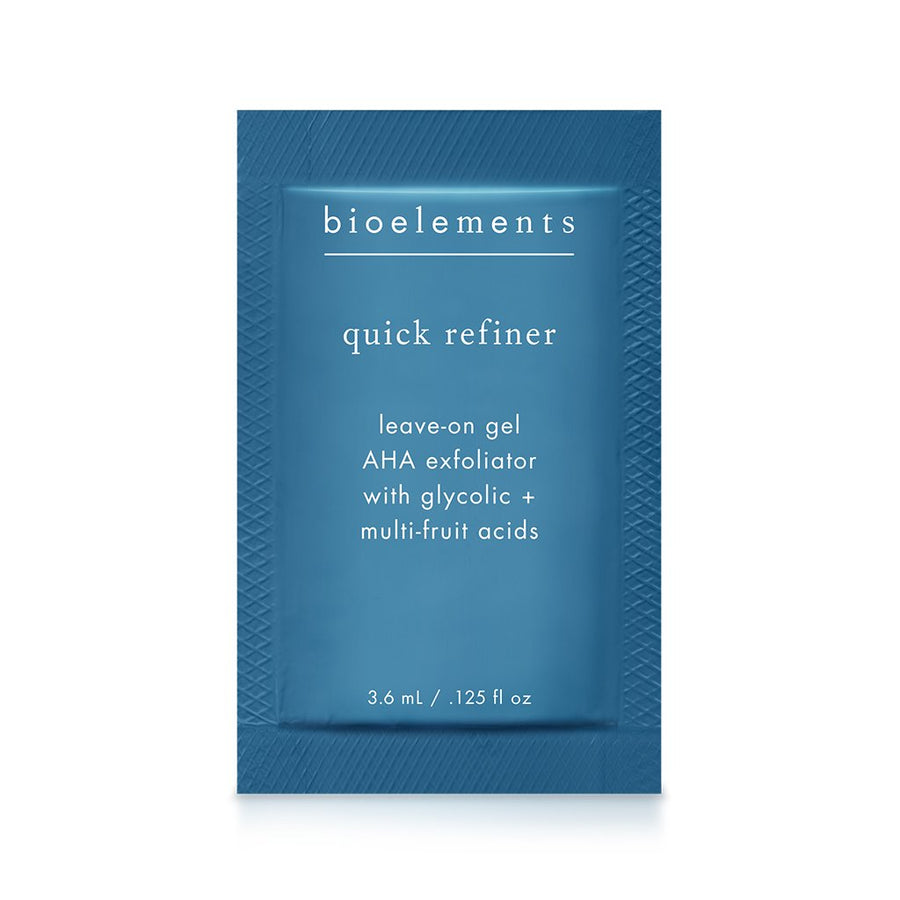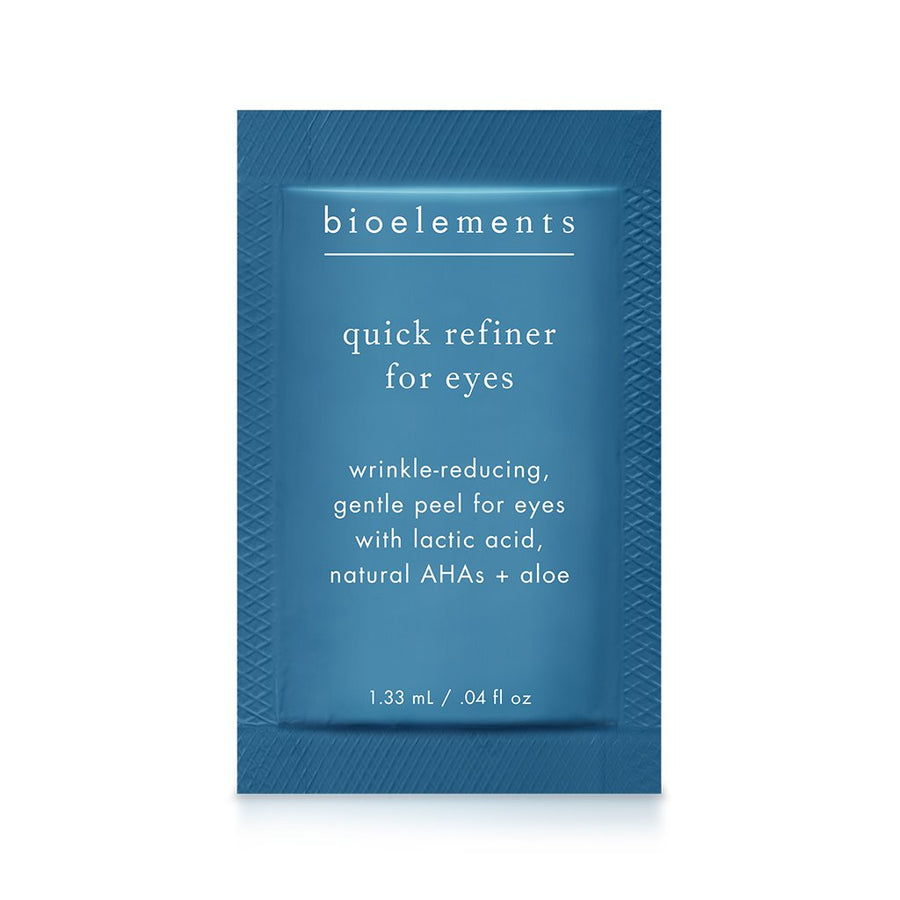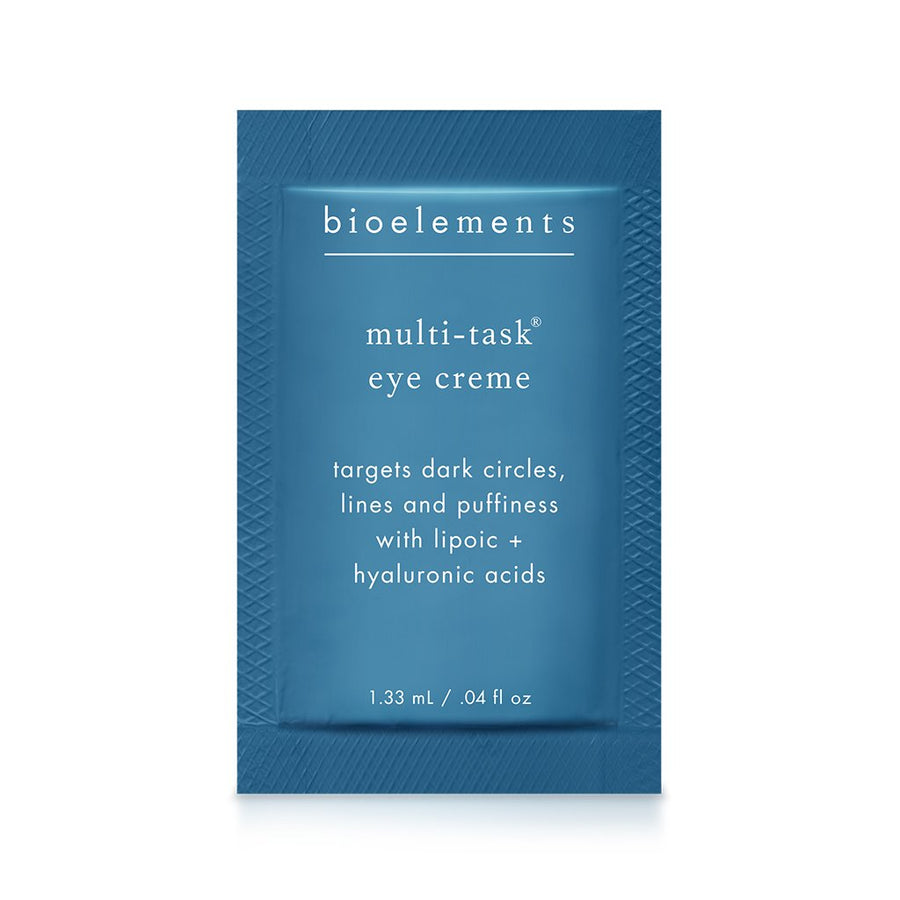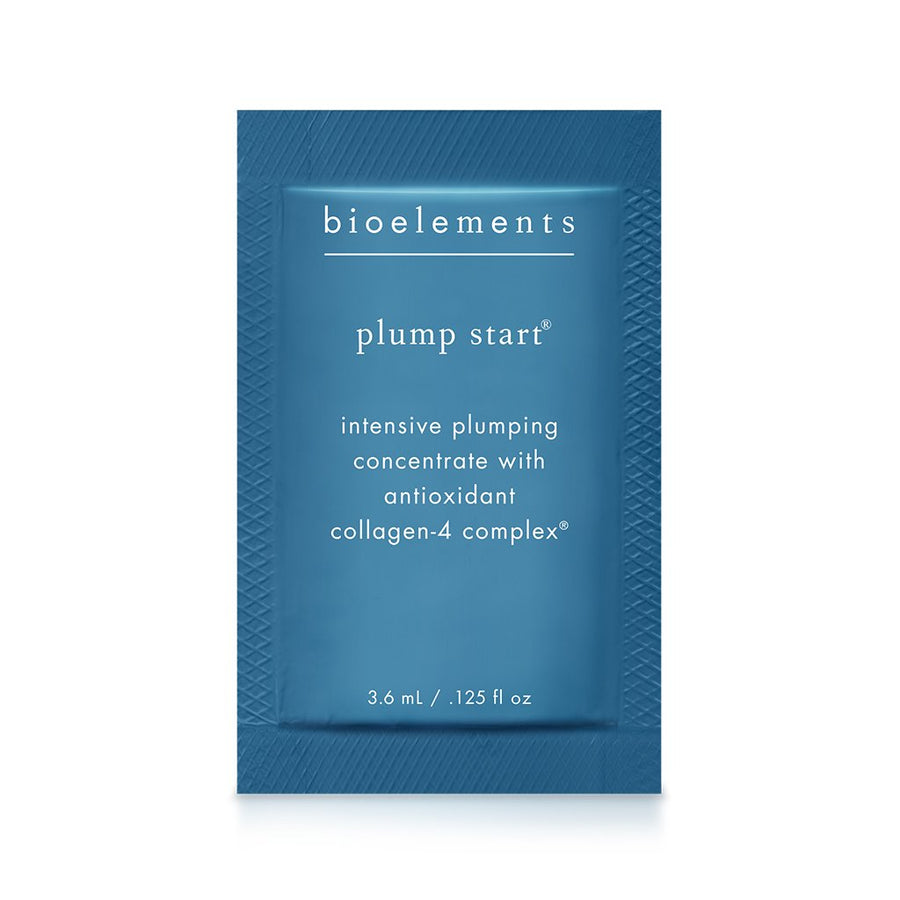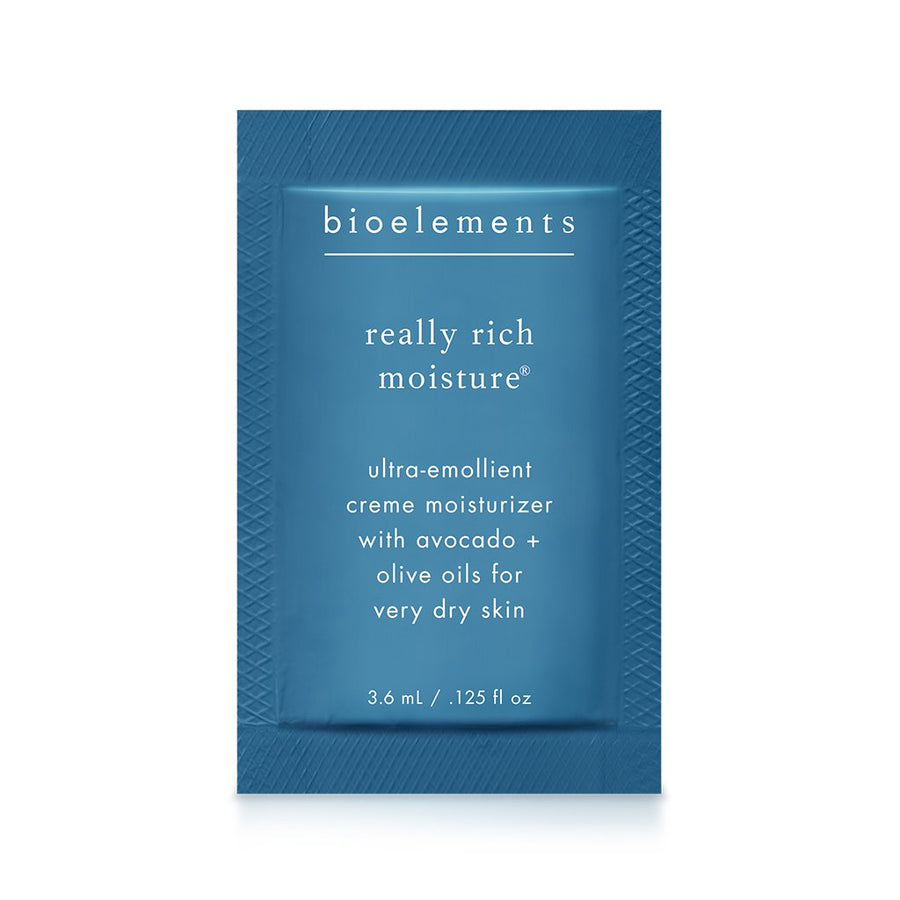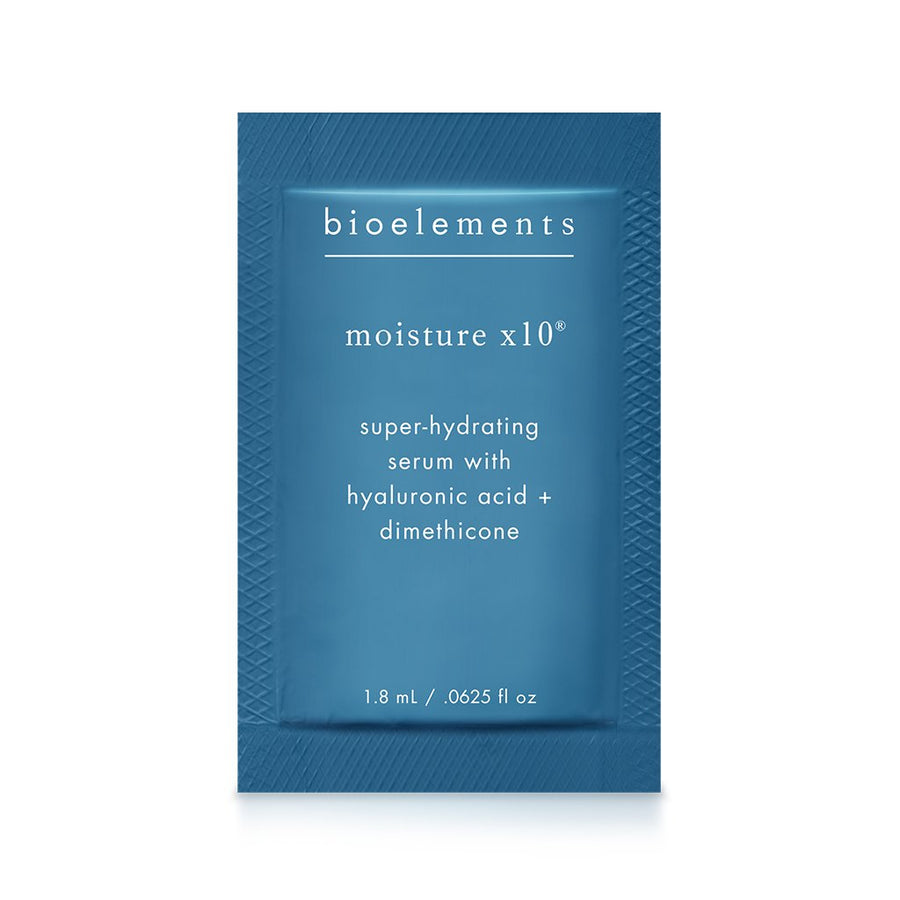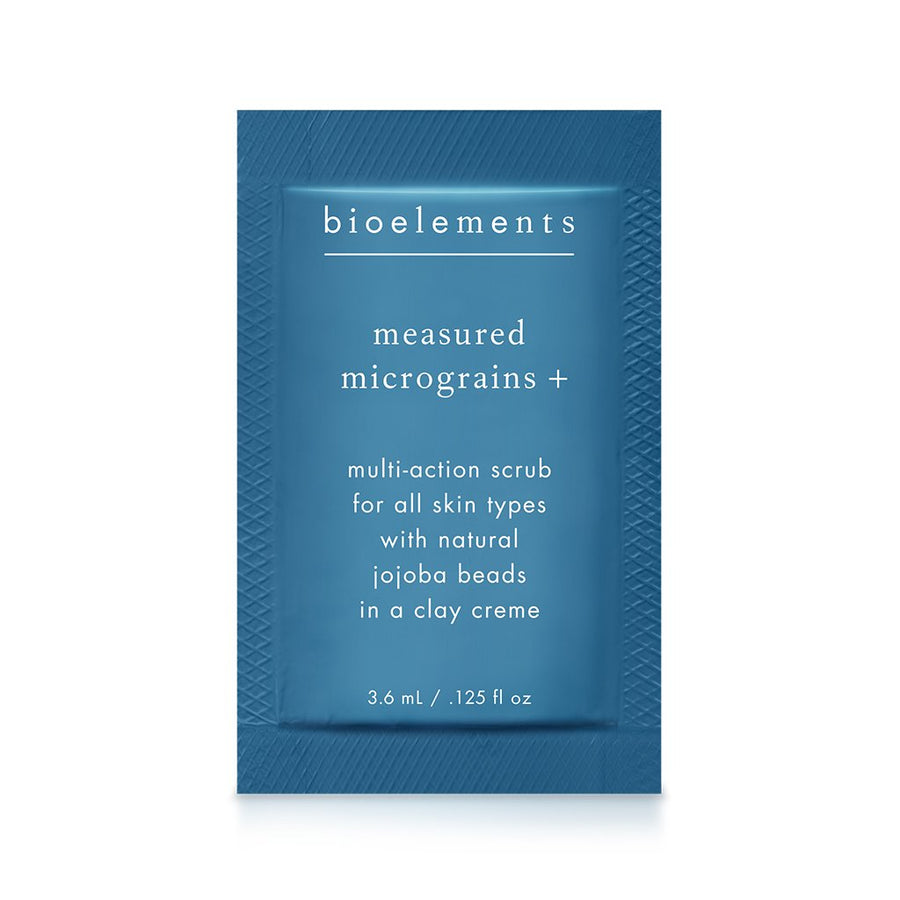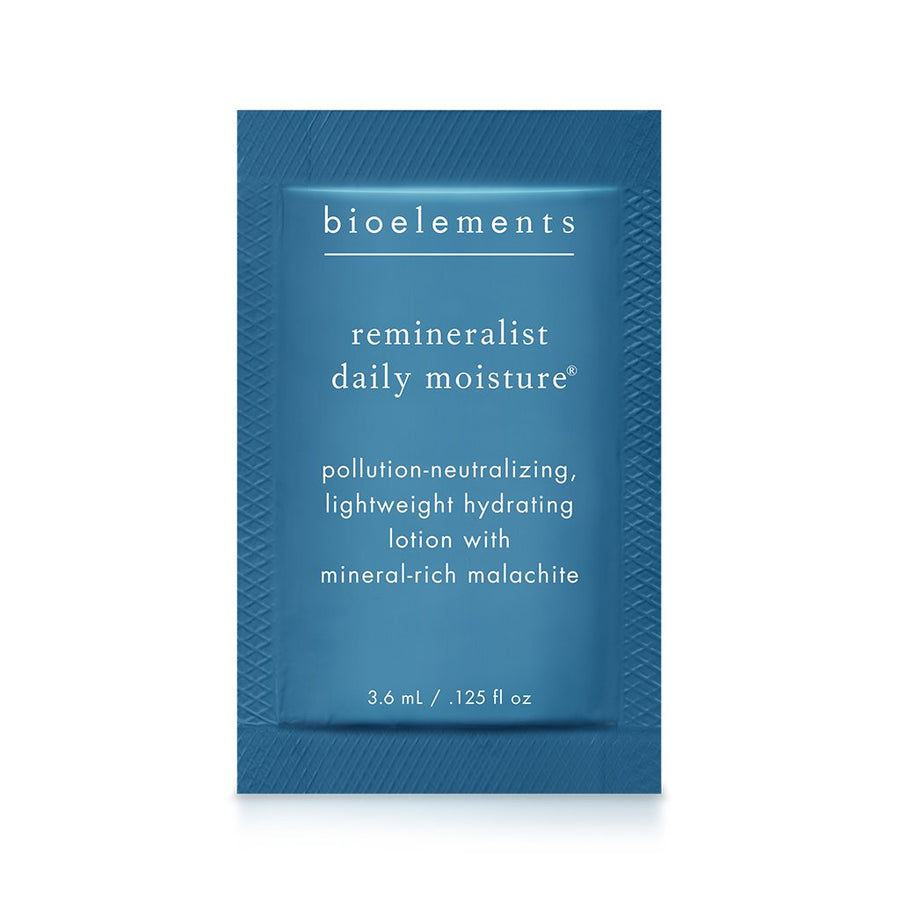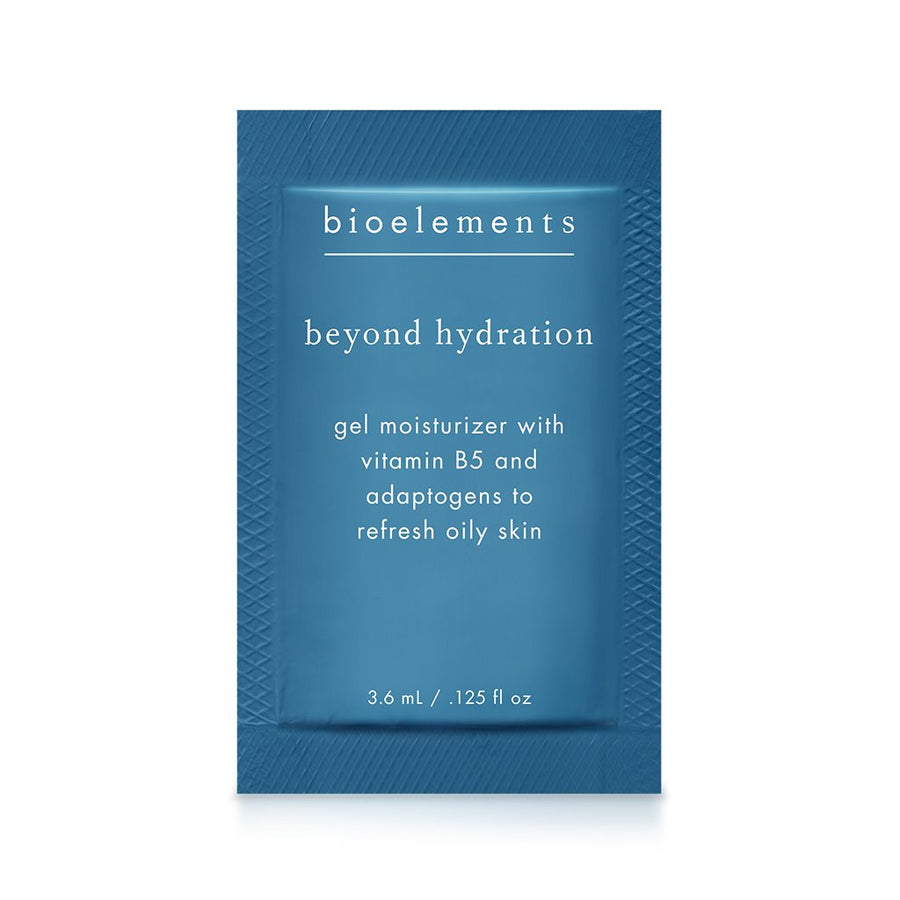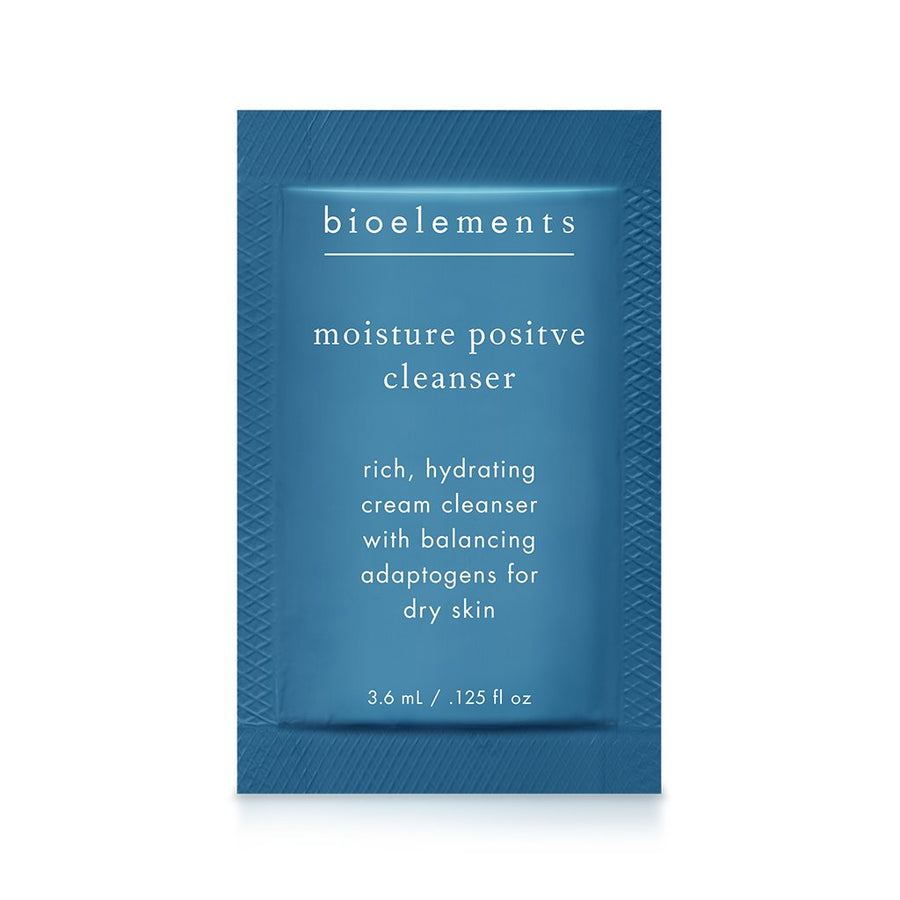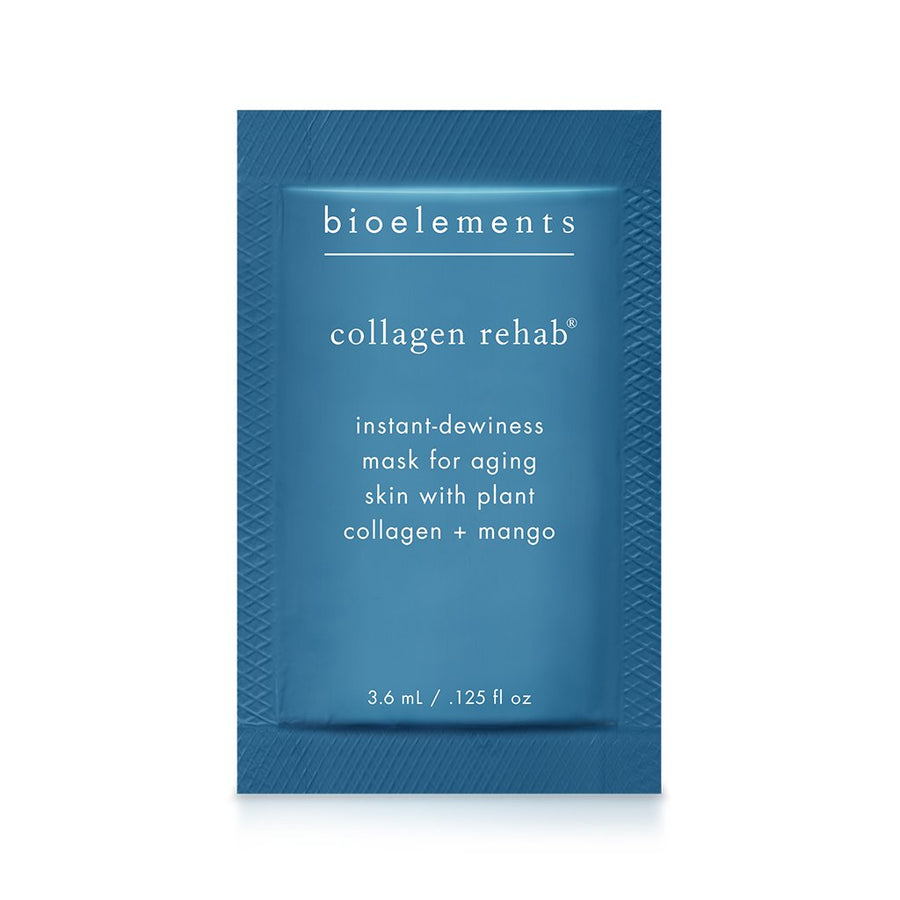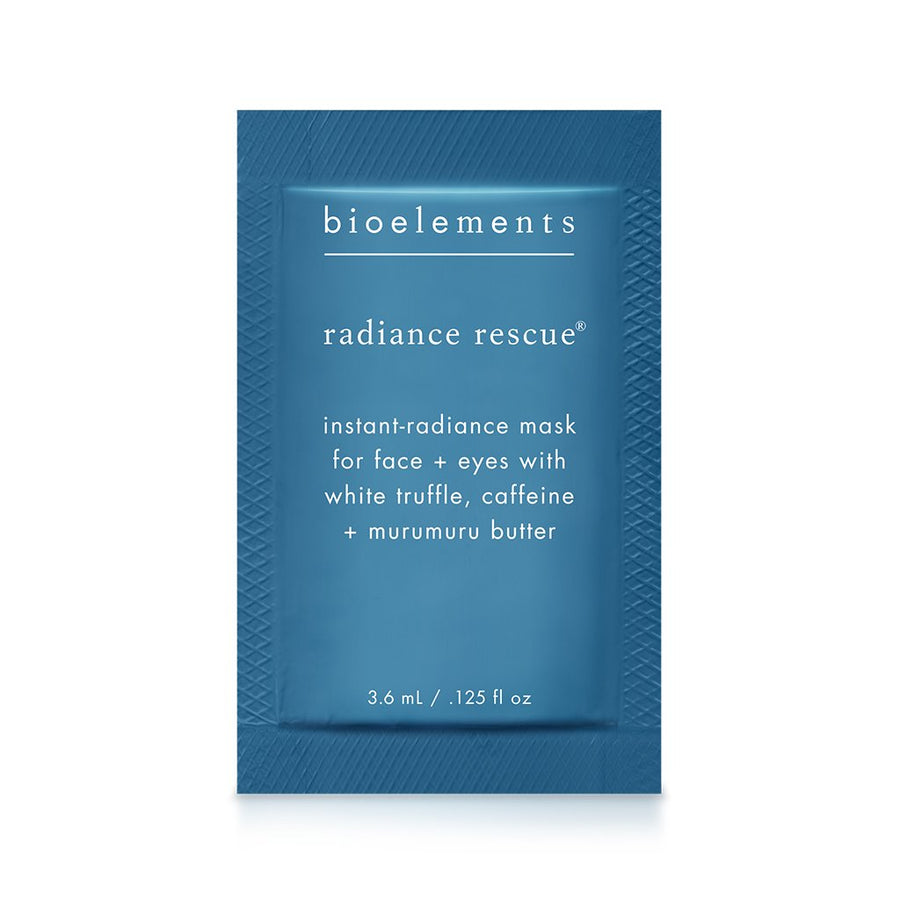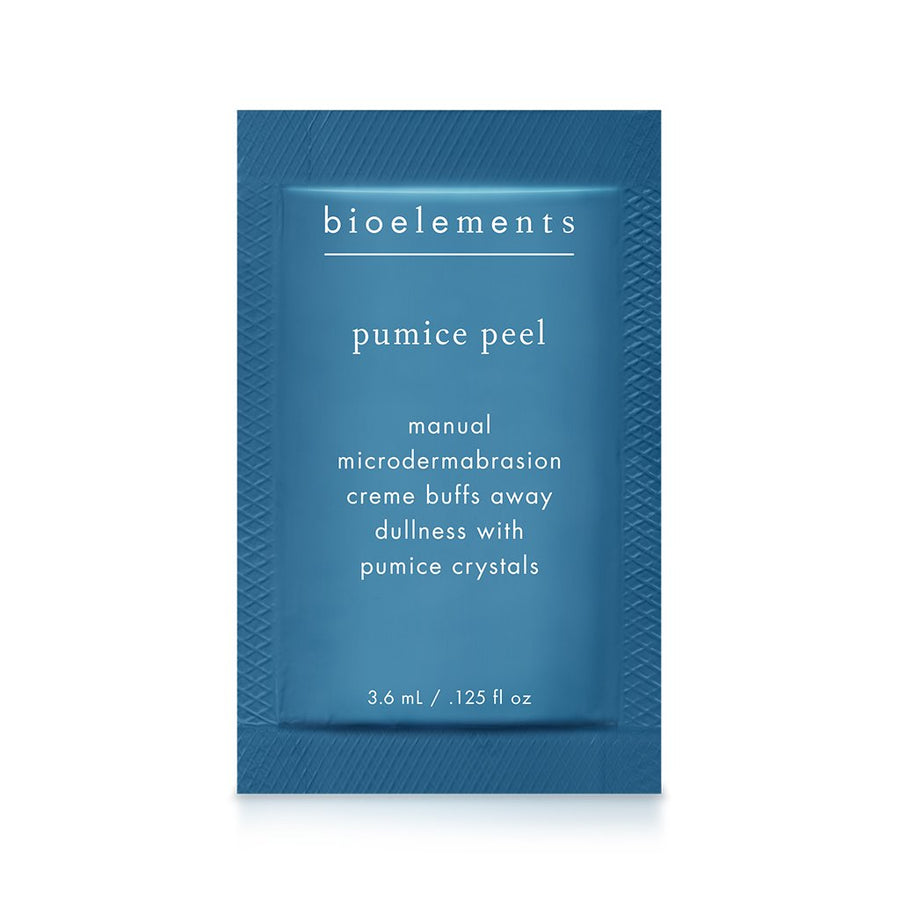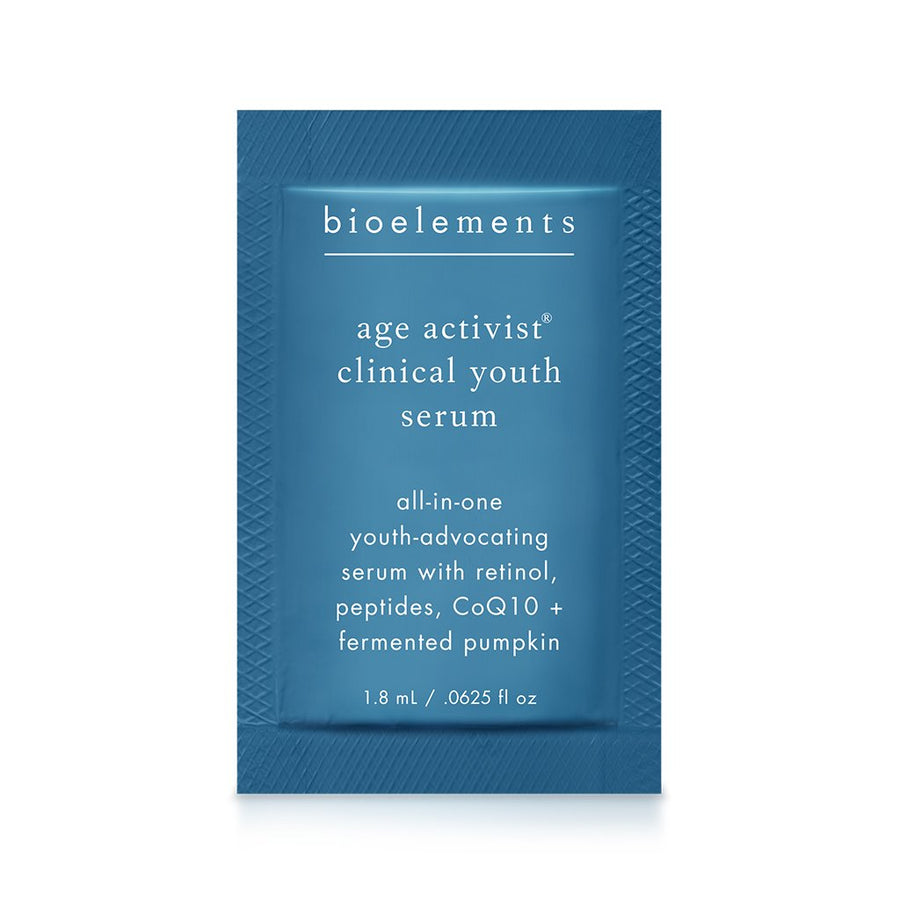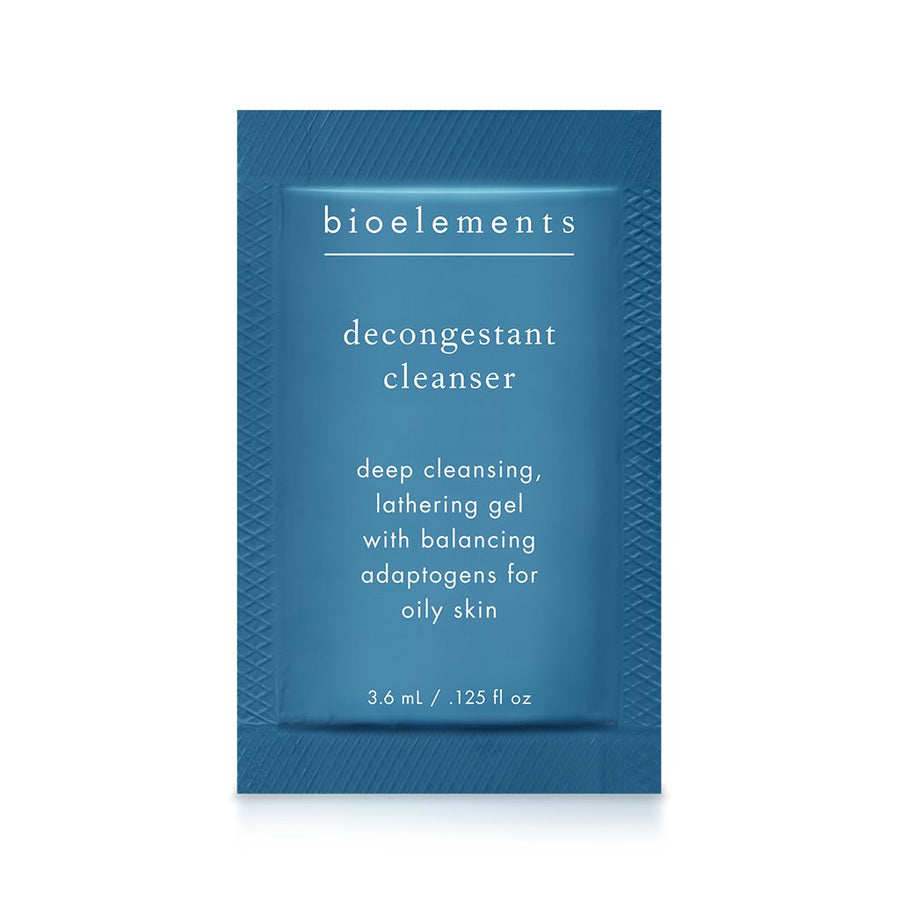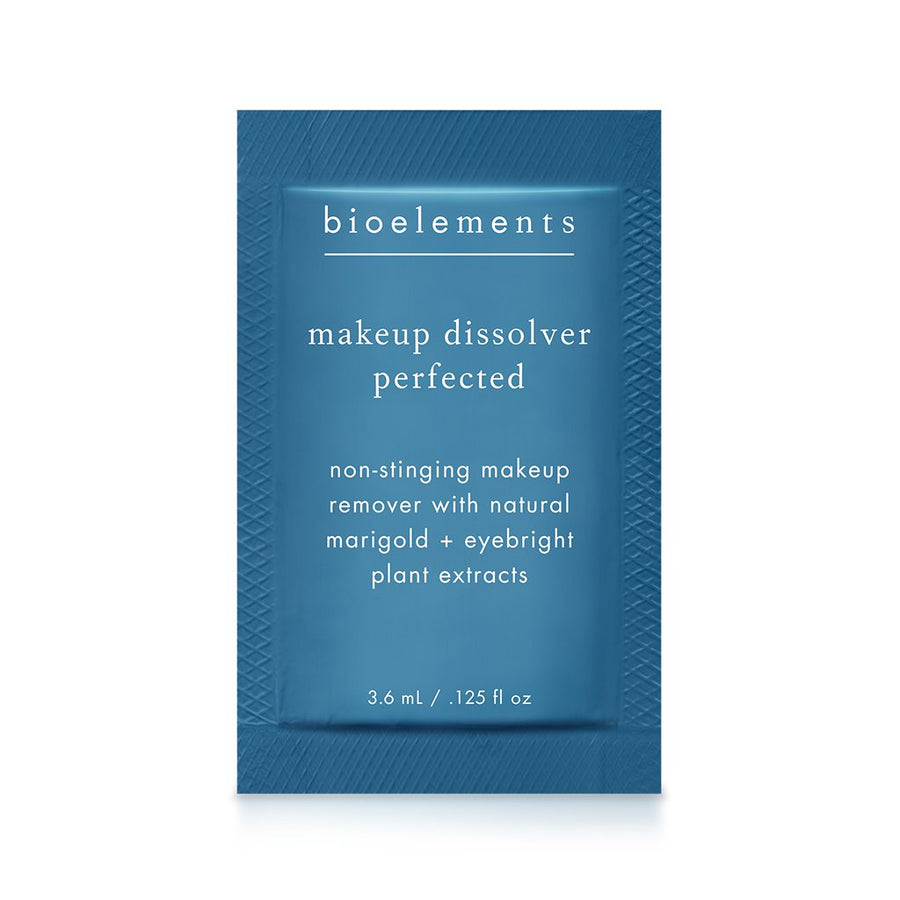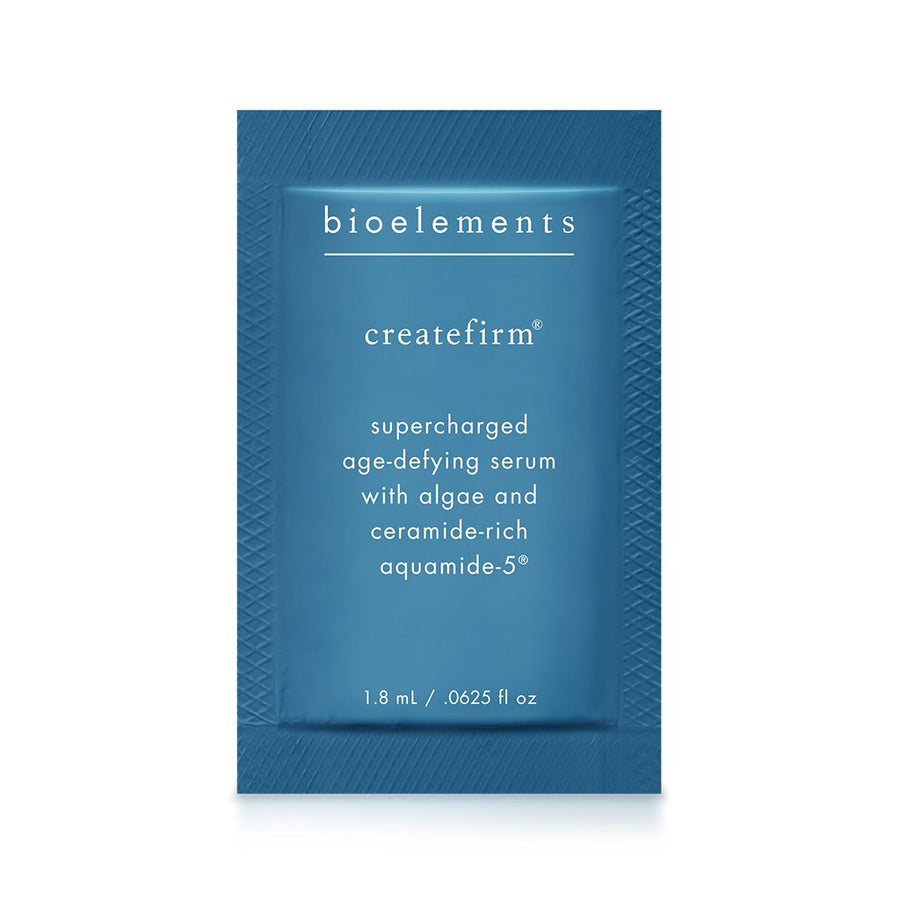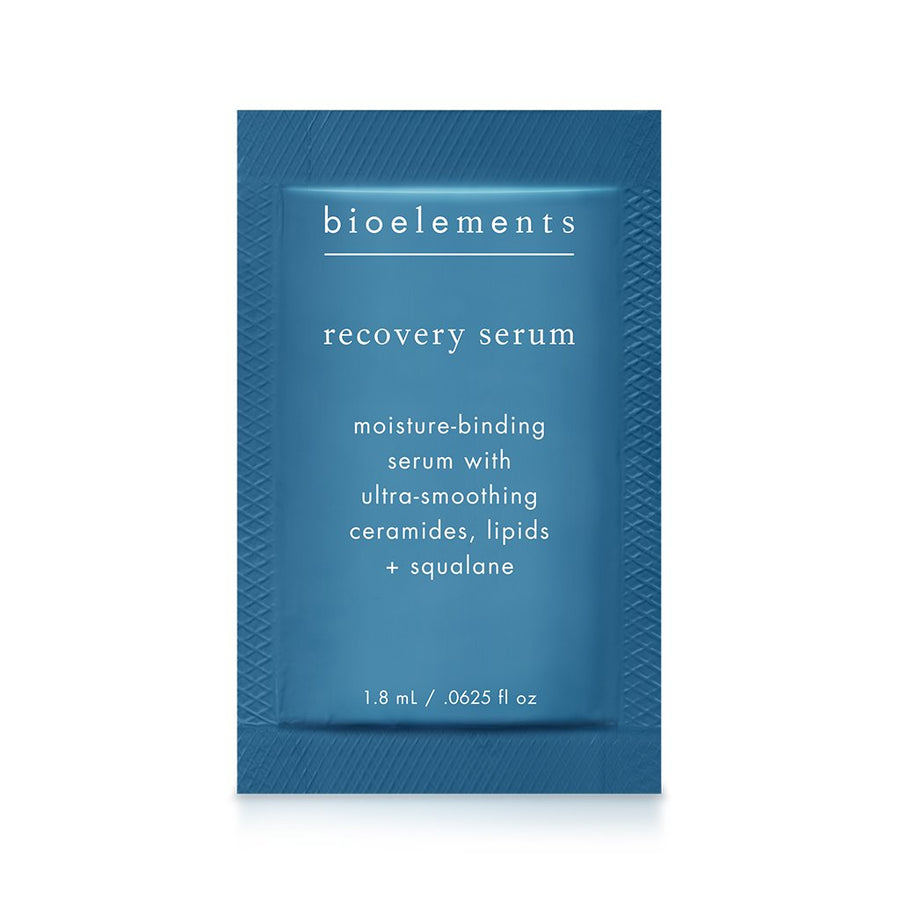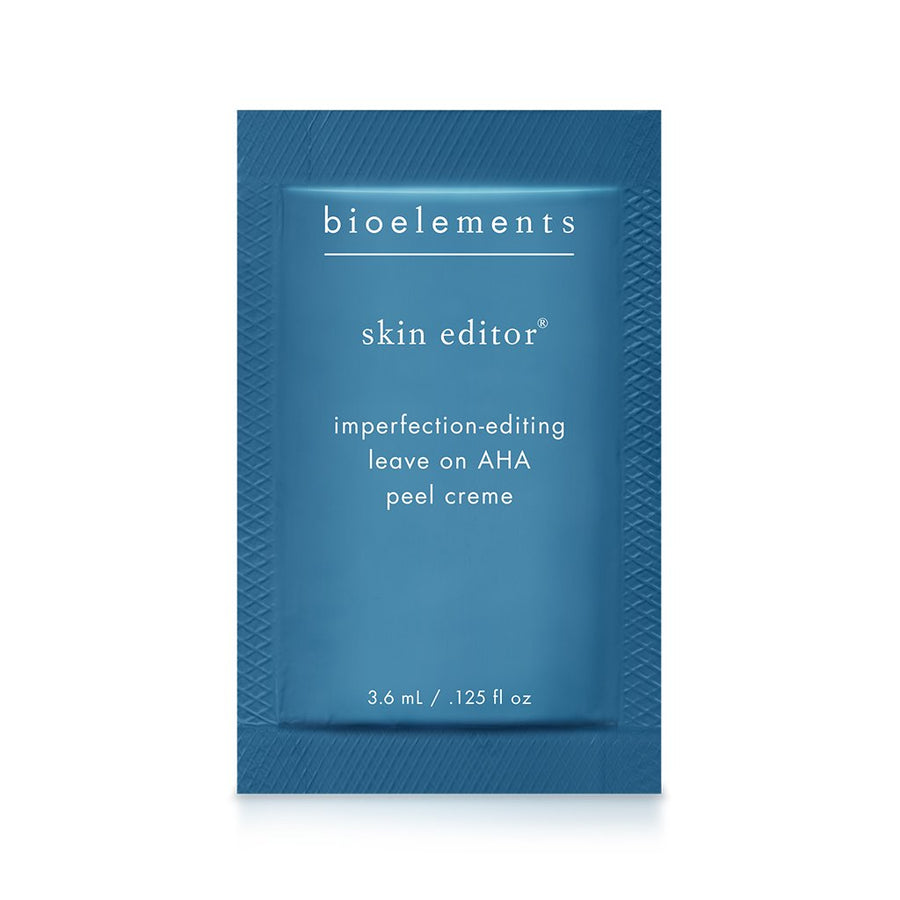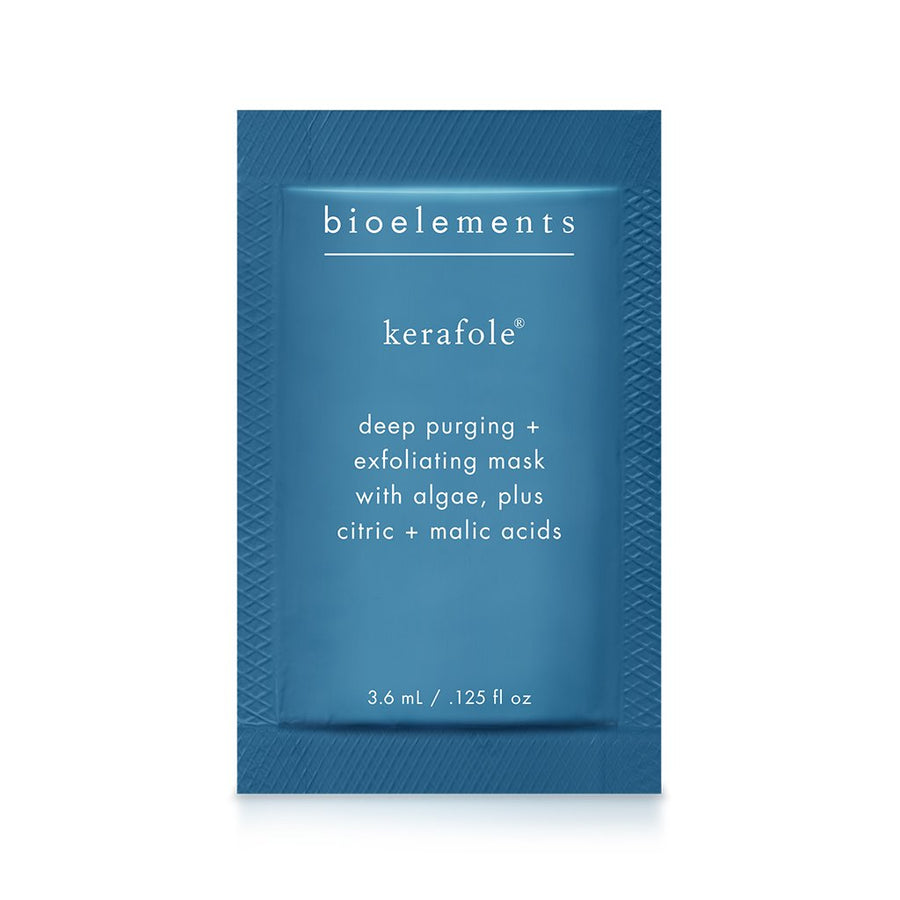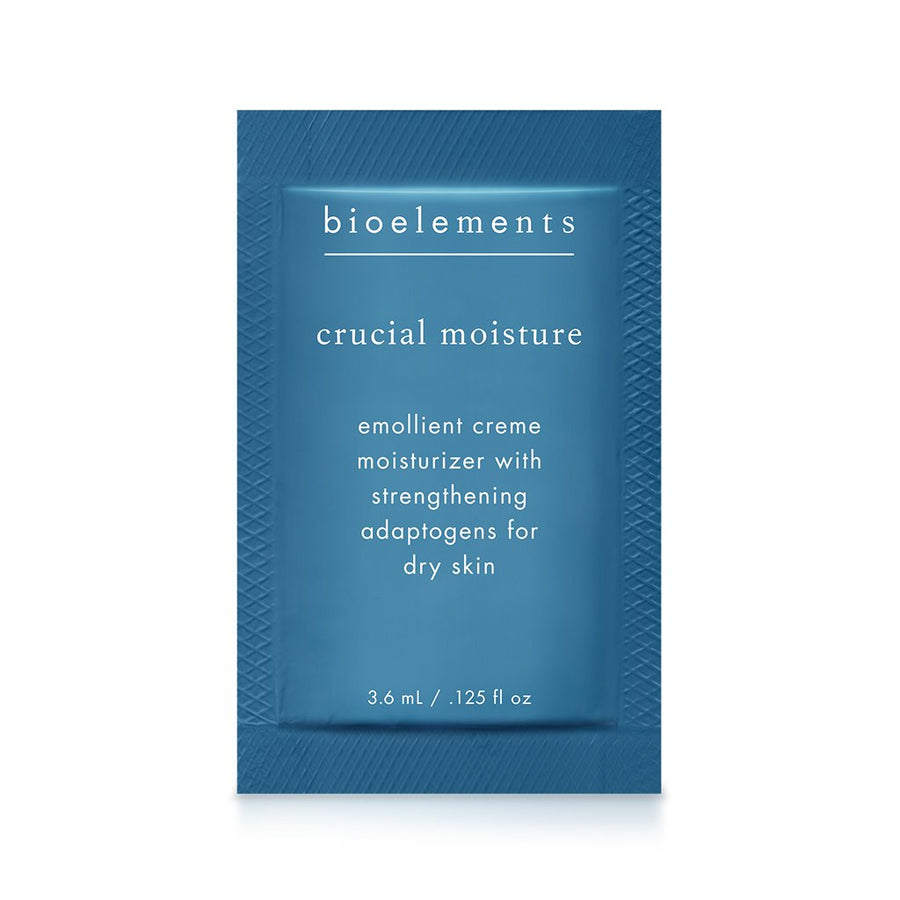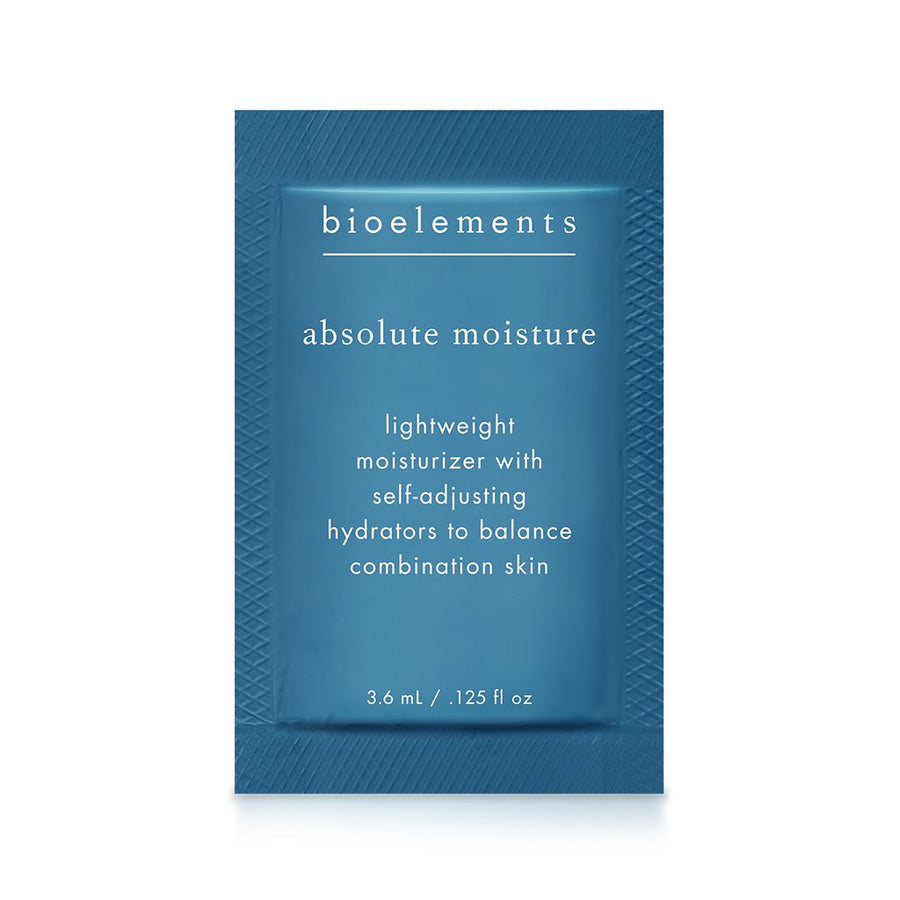Acne comes in many forms, and knowing the type you’re dealing with is the key to treating it effectively and preventing future breakouts. Whether spotting a stubborn blackhead or battling painful cysts, understanding the difference between non-inflamed and inflamed acne is your first step to clearer skin. Here’s what you need to know, how to treat at home, and when to call in the pros.
What is non-inflamed acne?
Non-inflamed acne, also known as comedonal acne, is subtle yet stubborn. It doesn’t cause redness or swelling but it can still affect the texture of your skin.
What does non-inflamed acne look like?
Blackheads: These are open comedones where a plug of oil and dead skin has oxidized, giving it a dark appearance. They may be flat or slightly raised.
Whiteheads: These are closed comedones or small bumps with oil and dead skin. They typically look flesh-toned or have a tiny white cap but lack redness and swelling. Whiteheads are sometimes mistaken for milia, which are small, hard bumps caused by trapped keratin rather than clogged pores. To tell the difference, gently press on the bump – whiteheads are softer and may have a visible white center, while milia are firm, pearl-like bumps.
What causes non-inflamed acne?
-
Excess oil production
-
Clogged pores due to makeup, sweat or dead skin buildup
-
Hormonal changes, especially during puberty
How to treat non-inflamed acne
For non-inflamed acne, an expert, clinical at-home skin care routine is often enough to deliver results. Look for products with salicylic acid or azelaic acid to clear pores and prevent buildup. Gentle chemical exfoliation and a lightweight moisturizer can help maintain balance without clogging your skin further.
DISCOVER CUSTOMIZED ACNE AGENDAS
What is inflamed acne?
Inflamed acne goes deeper than the surface, often bringing forth redness, swelling and discomfort. These are your body’s responses to clogged pores that have become infected with bacteria.
Types of inflamed acne
Papules: Small, red bumps that feel firm and may be tender to the touch. There is no visible pus.
Pustules: These are similar to papules, but have a white or yellow center filled with pus. They;re often surrounded by a red halo and may be painful.
Nodules and cysts: Severe forms of inflamed acne that form deep under the skin. Nodules are hard, painful lumps without a visible head, while cysts are filled with pus and can feel soft. Nodules and cysts require professional treatment and should not be attempted with over-the-counter products.
Causes of inflamed acne
-
Hormonal imbalances, particularly during pregnancy, perimenopause or stress.
-
Bacterial infections in clogged pores
-
Genetics, which can make skin more prone to severe acne
How to treat inflamed acne
When to treat at home
Mild to moderate inflamed acne (small papules or pustules) can be managed with the right products and consistency. Here’s what to focus on: a barrier-friendly cleanser, a non-drying serum, a gentle, leave-on exfoliator and a fast-acting spot treatment. This quartet of acne-fighting formulations can help deliver visible results and get you on the fast track to clearer skin.
When to see a skin care professional
For severely inflamed acne (painful pustules, nodules or cysts) that won’t get away with at-home treatments, consult a dermatologist or licensed esthetician. A professional can provide advanced options, like prescription medications, pro-level treatments or light therapy, to target acne at its root.
____________________________
At-home routine for acne in your 40s
At-home routine for acne in your 30s
At-home routine for acne in your 20s
At-home routine for acne in your teens
FAQs: Inflamed vs Non-Inflamed Acne
What is non-inflamed acne?
Non-inflamed acne, or comedonal acne, appears as blackheads and whiteheads. It doesn’t cause redness or swelling but can still affect skin texture.
How can I tell the difference between a whitehead and milia?
Whiteheads are softer and may have a visible white center, while milia are firm, pearl-like bumps caused by trapped keratin.
What causes non-inflamed acne?
Excess oil production, clogged pores from makeup, sweat, or dead skin, and hormonal changes during puberty are the main causes.
What ingredients help treat non-inflamed acne?
Products with salicylic acid or azelaic acid can clear pores and prevent buildup. Gentle chemical exfoliation and lightweight moisturizers also help.
What does inflamed acne look like?
Inflamed acne often shows redness, swelling, and discomfort. It can appear as papules, pustules, nodules, or cysts.
What causes inflamed acne?
Hormonal imbalances (such as during pregnancy, perimenopause, or stress), bacterial infections in clogged pores, and genetics are common causes.
Can inflamed acne be treated at home?
Mild to moderate inflamed acne—like papules or small pustules—can often be managed with a gentle cleanser, non-drying serum, leave-on exfoliator, and spot treatment.
When should I see a skincare professional for acne?
If you have severe inflamed acne, such as painful pustules, nodules, or cysts that don’t improve with at-home care, it’s best to see a dermatologist or esthetician.
What treatments do professionals use for inflamed acne?
A pro may recommend prescription medications, advanced treatments, or light therapy to address acne at its root.




